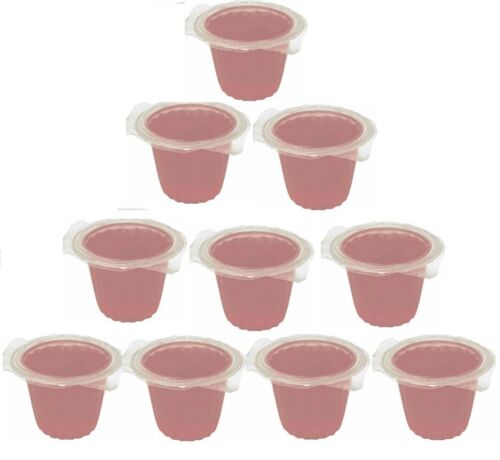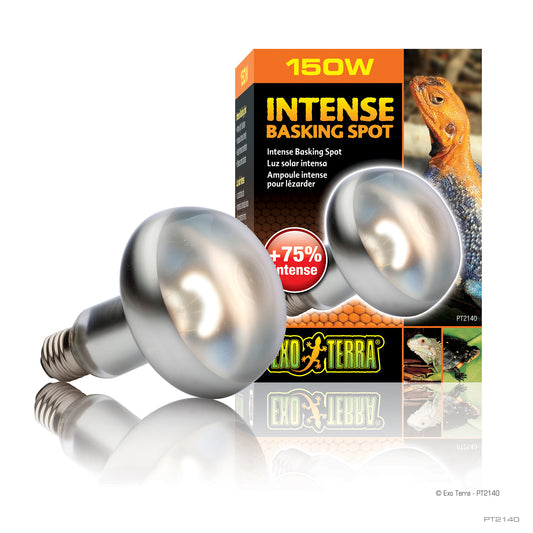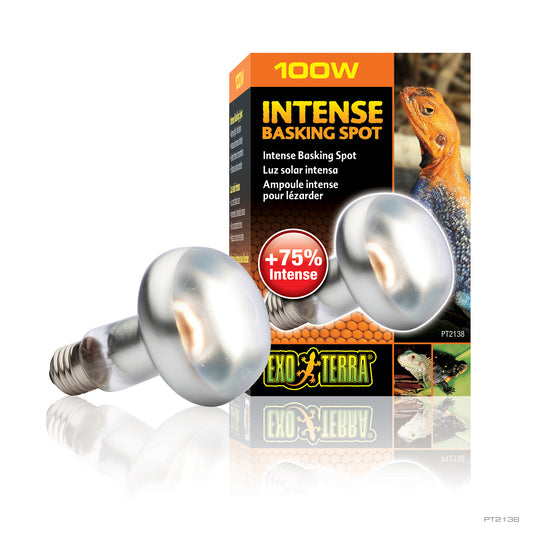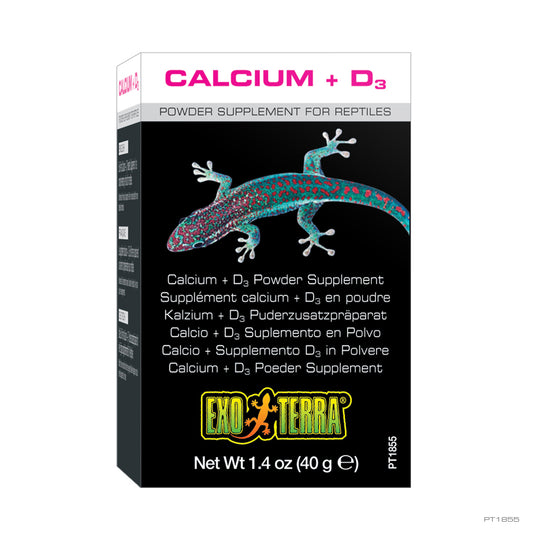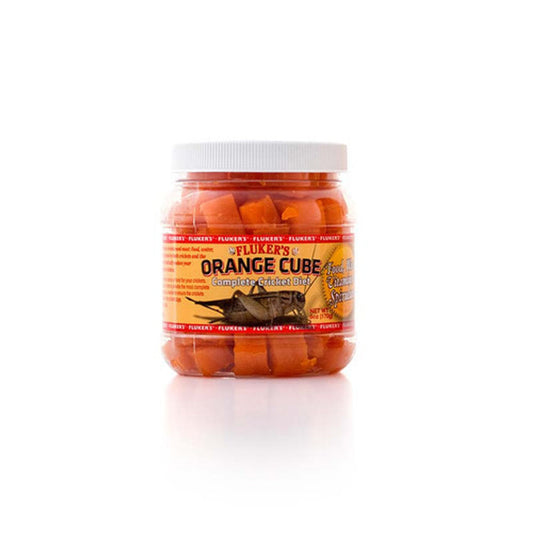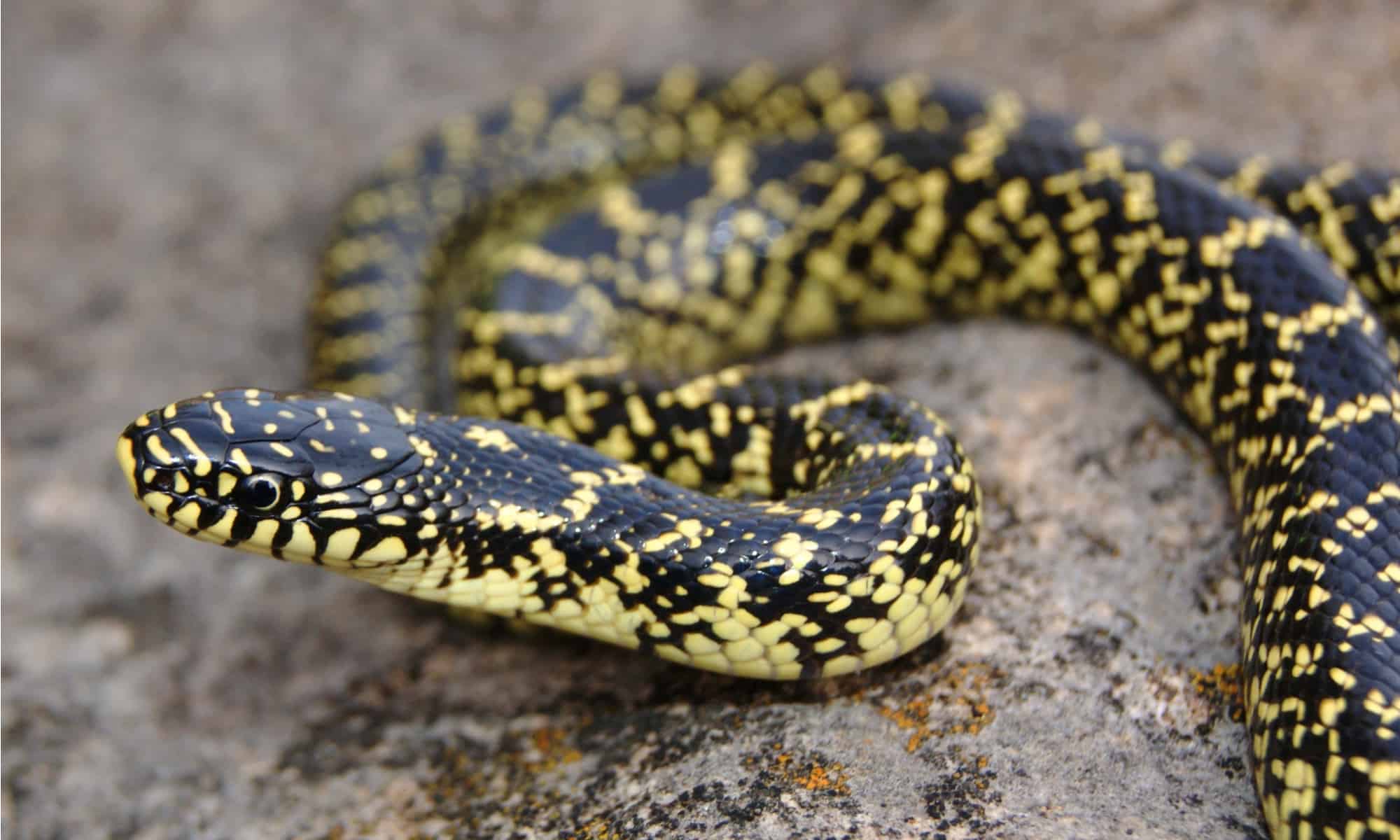
King snakes are fascinating reptiles known for their vibrant colors, powerful constriction abilities, and widespread distribution. If you're considering a king snake as a pet, this article will provide you with a general overview of their characteristics and care requirements.
General Description: King snakes belong to the Lampropeltis genus, which encompasses various species and subspecies. They are non-venomous constrictor snakes with a slender body and smooth scales. King snakes exhibit an array of stunning patterns and colors, including combinations of black, white, yellow, brown, and red. Their name stems from their reputation for preying on other snakes, including venomous species.
Life Span: In captivity, king snakes can live for 15 to 20 years or more with proper care. Providing a suitable environment, a balanced diet, and regular veterinary check-ups can contribute to their longevity.
Natural Habitat: King snakes are found across different regions of North and Central America. Their range extends from the United States to Mexico and even parts of South America. They inhabit a variety of habitats, including forests, grasslands, deserts, and even swamps.
Average Size: King snakes exhibit a wide range of sizes depending on the species and subspecies. On average, they reach a length of 3 to 6 feet (91 to 183 cm) when fully grown. Some subspecies, like the California kingsnake, tend to be smaller, while others, such as the Eastern kingsnake, can grow larger.
Enclosure Size: The appropriate enclosure size for a king snake depends on its size and activity level. A 20-gallon tank can serve as a temporary home for hatchlings, but as they grow, they will require larger enclosures. For adult king snakes, a 40 to 55-gallon tank or equivalent-sized enclosure is generally recommended. Ensure the enclosure has a secure lid to prevent escapes.
Temperature Requirements: King snakes are ectothermic and rely on external heat sources to regulate their body temperature. Provide a temperature gradient within the enclosure, with a warm side ranging from 85-90°F (29-32°C) and a cool side around 75-80°F (24-27°C). Heat sources like heat mats or ceramic heat emitters, along with thermostats, can be used to maintain appropriate temperature levels.
Humidity Requirements: Most king snakes do not have high humidity requirements and thrive in moderate humidity levels. Aim for a humidity range of 40-50% in their enclosure. Spraying the enclosure occasionally or providing a water bowl can help maintain the necessary humidity levels.
Substrate and Bedding: A variety of substrate options can be used for king snakes, including aspen bedding, cypress mulch, or reptile-safe coconut husk. Avoid using substrates that can cause impaction or respiratory issues, such as sand or cedar shavings. Regularly spot-clean the substrate and replace it entirely as needed.
Toxic Substances: Keep king snakes away from toxic substances, including cleaning products, pesticides, and plants that are poisonous to reptiles. Some common household items, such as cedar or pine shavings, can also be harmful and should be avoided as substrates.
Also avoid essential oils or aerosol sprays/household cleaners containing chemicals and harsh scents. Candles and scented candles or wax melts should be avoided.
Fun Facts:
- King snakes earned their name due to their ability to prey on other snakes, including venomous species like rattlesnakes.
- They are constrictors, meaning they wrap their bodies around their prey and squeeze until it cannot breathe.
- King snakes have a reputation for being docile and are often considered good reptile pets, particularly for beginner snake enthusiasts.
- Some king snake species, like the California kingsnake, exhibit mimicry and have color patterns that resemble venomous coral snakes.
- They have a keen sense of smell, thanks to their forked tongues, which they use to gather scent particles from the air and ground.
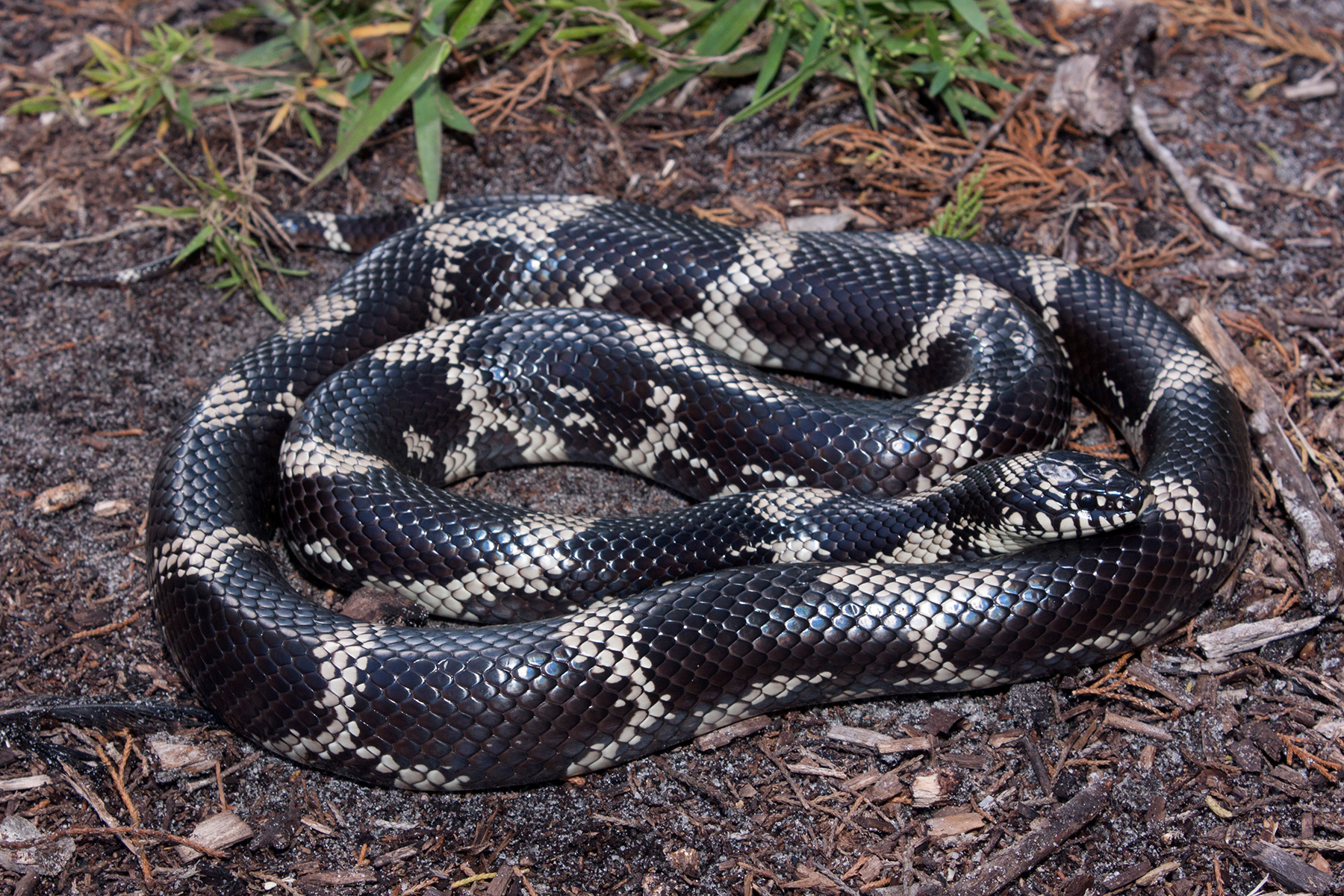
Remember, always research the specific needs of the king snake species you are interested in keeping as a pet. By providing the appropriate enclosure, temperature and humidity levels, a suitable diet, and regular veterinary care, you can ensure the health and well-being of your king snake companion.
| https://theurbanzoo.myshopify.com/products/live-snake |


